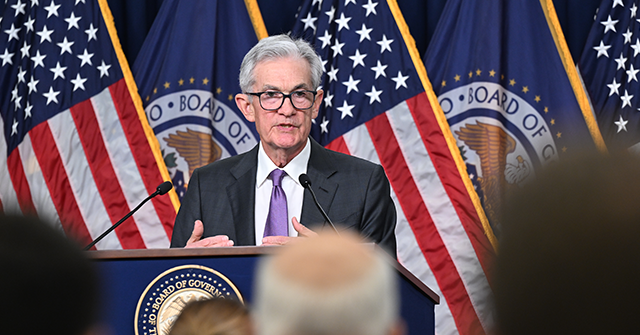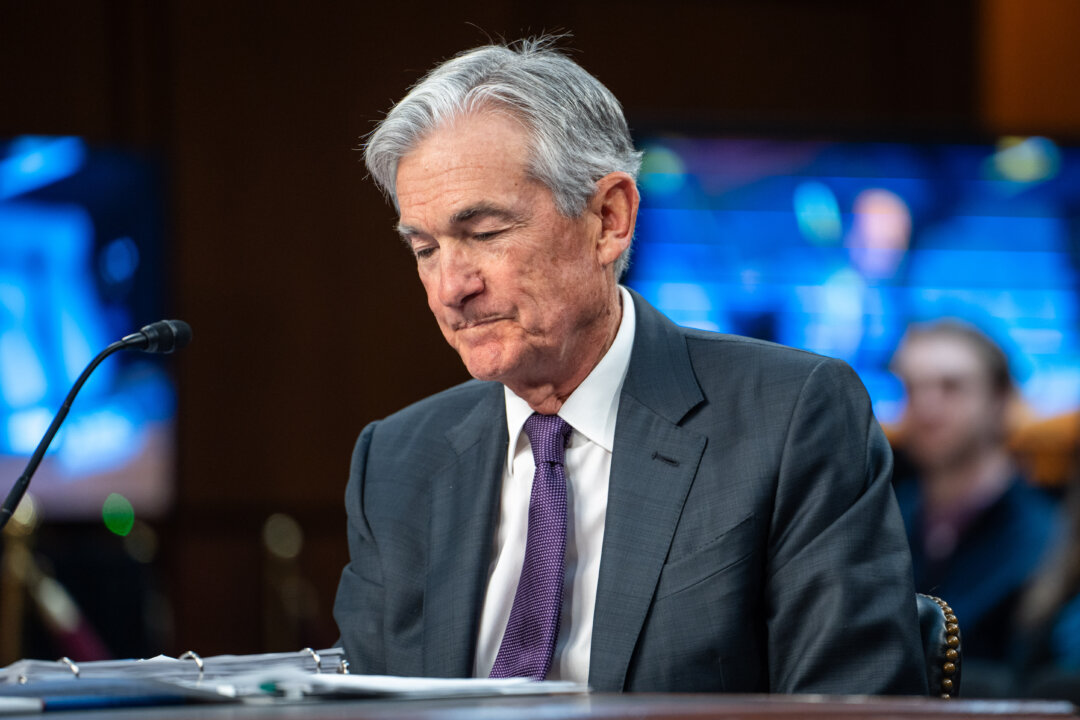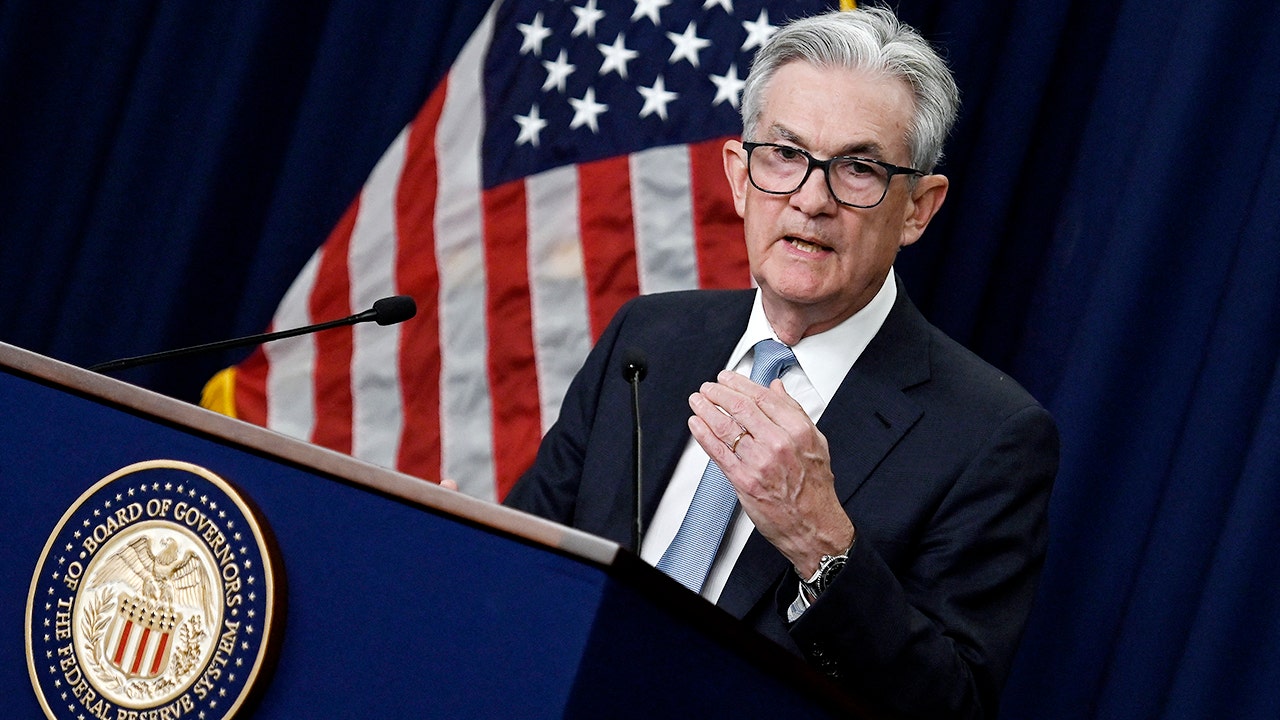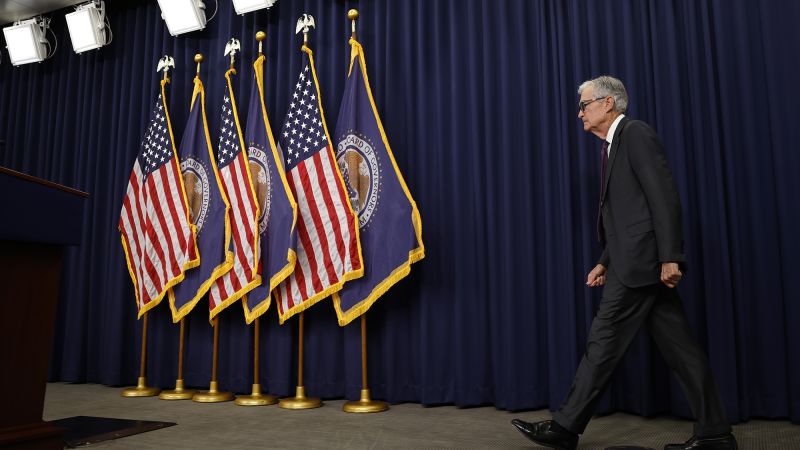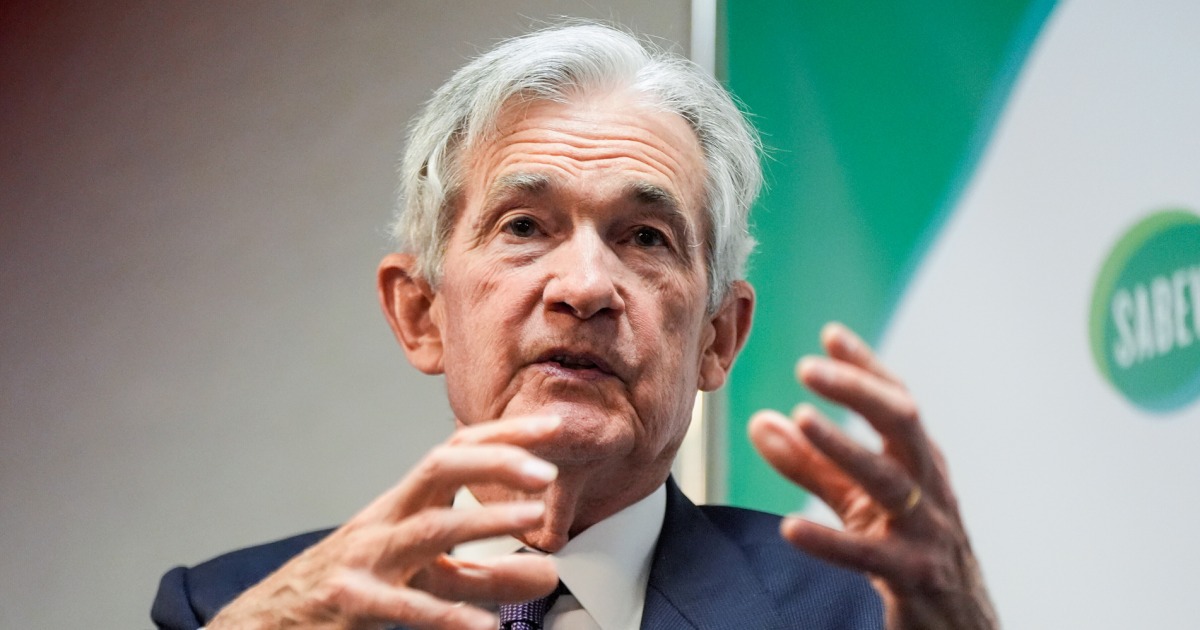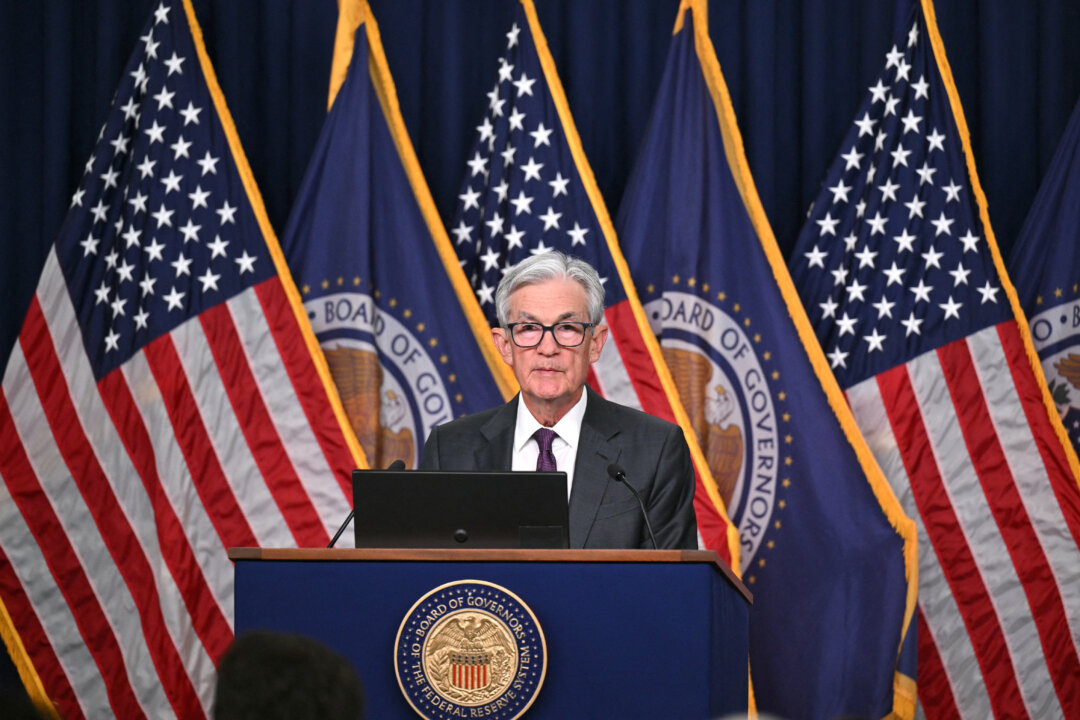Federal Reserve Holds Steady on Interest Rates Amid Tariff Concerns and Economic Uncertainty
The Federal Reserve maintains interest rates at 4.25%-4.5% while addressing inflation risks tied to tariffs and gauging economic conditions.
Subscribe to unlock this story
We really don't like cutting you off, but you've reached your monthly limit. At just $5/month, subscriptions are how we keep this project going. Start your free 7-day trial today!
Get StartedHave an account? Sign in
Overview
The Federal Reserve has decided to hold the benchmark federal funds rate steady at 4.25% to 4.5%, balancing pressure from President Trump to lower rates and the complexities generated by ongoing tariffs. With concerns about inflation rise due to imported goods taxes and a stable job market, the Fed indicated that economic uncertainties are increasing, impacting their decision-making process. Fed Chair Jerome Powell noted that while inflation remains above the 2% target, the effects of tariffs on consumer prices could be significant. Economists predict potential rate cuts late this year, depending on how economic conditions unfold.
Report issue

Read both sides in 5 minutes each day
Analysis
- Interest rates are expected to remain steady or decline slowly in the near future due to cautious assessments of economic indicators and the Fed's ongoing deliberations on rate cuts.
- There is ongoing uncertainty from factors such as tariffs, which complicate the Fed's decision-making process regarding interest rates, as they may influence inflation.
- Consumers should consider financial strategies like locking in rates for CDs or high-yield savings accounts before potential rate cuts occur later this year.
Articles (19)
Center (11)
FAQ
The Federal Reserve maintained interest rates due to a mix of economic factors, including ongoing tariffs and inflation concerns that necessitate a cautious approach to monetary policy adjustments.
Ongoing tariffs, particularly those on imports from China, contribute to elevated inflation as costs are passed on to consumers in the form of higher prices.
The U.S. economy is sending mixed signals, such as a GDP decline into negative territory in Q1 and robust job growth in April, which, combined with tariff impacts, are raising recession risks.
History
- 6M

 4 articles
4 articles
- 6M

 3 articles
3 articles




